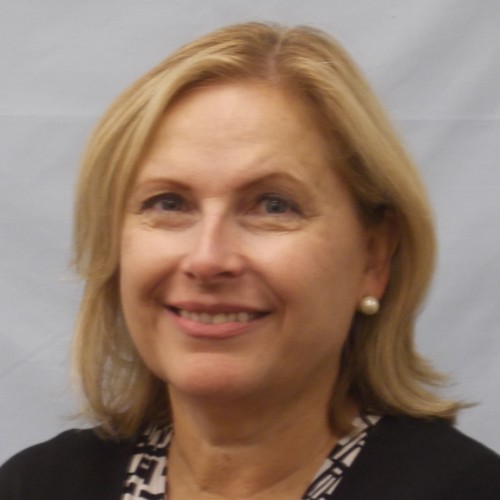One-on-one with … Sharon Yester
The senior housing market is heading into 2013 on an encouraging upward trajectory as developers, lenders and operators continue to gain confidence with an improving economy. This year witnessed recovering occupancies and rent growth with robust transaction activity.
Poised to capitalize on the improving market is CNL Healthcare Trust, an investment offering that has boosted its portfolio to include more senior housing and healthcare real estate to serve the aging baby boomer demographic. Since its inception in 1973, CNL and its affiliates have formed or acquired companies with more than $26 billion in assets.
Sharon Yester, chief asset management officer for CNL Financial Group, the investment management firm of CNL Healthcare, spoke with Long-Term Living Editor-in-Chief Patricia Sheehan on emerging markets, finding good operators to partner with and meeting the exploding demand for memory care products.
What regions of the U.S. are ripe for senior housing development now?
There are really good markets across all of the U.S. The population aging and living longer points to continued growth for this needs-driven [sector]. We like the top-tier MSAs (metropolitan statistical areas) but moreover we really like the next tier—the regional markets where growth is taking place. It flourishes with solid operators who develop their product tailored to a region, operating with a focus on their business model and opportunities. We also like their margins.
What do you look for in an operator you’re planning to partner with?
We seek operators that have strong reputations for high quality of care and services—who’ve been in the business for a while, who understand the business, who know how to really develop and manage efficiently and are close to their daily business. We have a very experienced group of industry professionals on our team, from our acquisitions folks to the folks in assets management. We work together to identify those operators that we want to work with and early on we get to know their product. The deep dive in our due diligence process—getting to know the product, the providers and the markets—is really key.
What senior housing products look good to you?
Memory care properties are running with some of the highest occupancies across the industry. We think we will support a lot more purchasing and development of memory care. Most people are in the mid-tier assisted living [sector]. It’s still a private-pay business. We’re finding that it’s still very affordable. People are starting to take a look at the cost of staying in their own home and they find that senior housing is very acceptable. If a person is paying for their house, taxes, insurance, utilities, yard care, housekeeping and meals and then needs assistance with activities of daily living and needs an aide to come in [up to] 24 hours a day, [it] can run about $70,000 a year. You can move into assisted living for $36,000 a year. It’s almost double to stay in your own home with a caregiver around the clock.
Overall, how does the industry look going forward in 2013?
Even through the tough economic downturn, senior housing was recession-resistant. Occupancies stayed pretty good. Rates stayed pretty good. Assisted living and other versions of senior housing—the rental model of CCRCs—are very viable. People may hesitate a little more to invest in the CCRC model. Rental models are very feasible. If we buy right and if we work with the right people and we do our due diligence, I think we have a clear path forward. I think it’s a great time for the industry.

Patricia Sheehan was Editor in Chief of I Advance Senior Care / Long Term Living from 2010-2013. She is now manager, communications at Nestlé USA.
Related Articles
Topics: Articles , Executive Leadership , Finance











